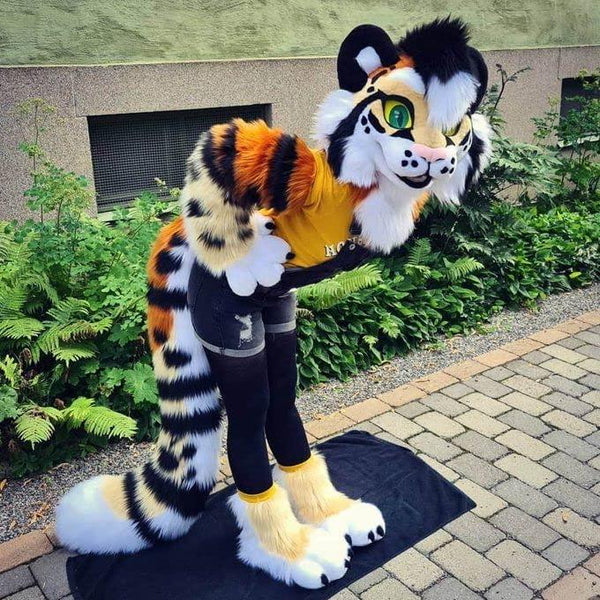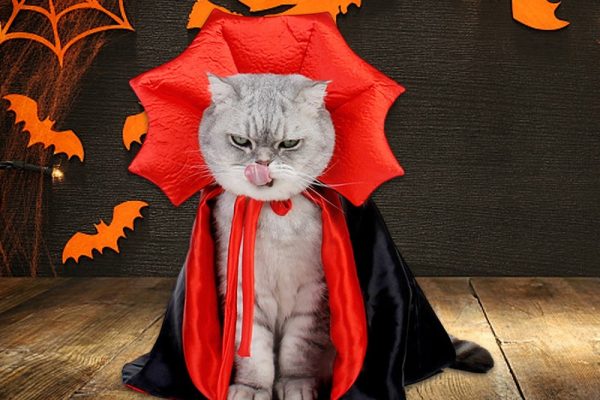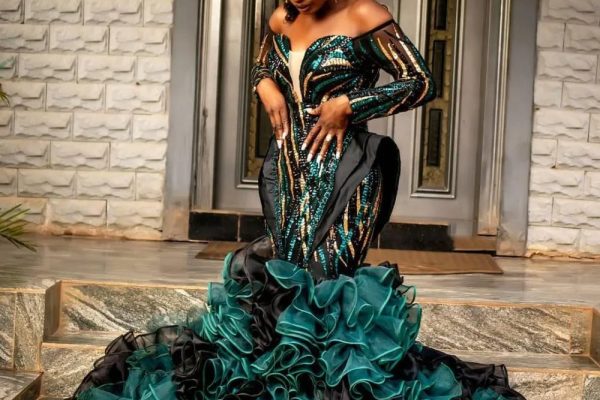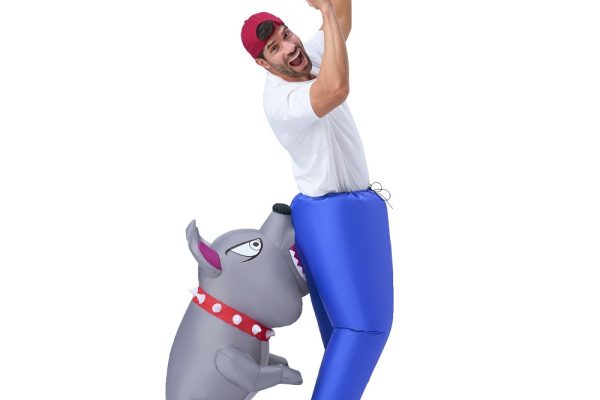Furry costumes, commonly associated with the furry community, are popular for conventions, themed parties, and cosplay events. They are known for their vibrant colors, detailed designs, and the ability to embody characters ranging from playful animals to fantastical creatures. Choosing the perfect furry outfit can enhance the experience during events and offer a chance to express creativity. In this article, we will explore tips for selecting the ideal character outfit, covering various aspects like design, fit, materials, and personalization.
Understanding the Furry Community
The Origins of Furry Culture
The furry community has its roots in the 1980s. It began with fans of anthropomorphic animals in media like cartoons and comics. This community encompasses people who appreciate anthropomorphic art, literature, and performance. Events like conventions and meet-ups allow members to showcase their furry costumes. The enthusiasm around furries promotes creativity, artistry, and community-building.
The Role of Costuming
Costumes play a crucial role in furry culture. They allow individuals to transform into their chosen characters, expressing their identities and connecting with others. This transformation fosters a sense of belonging and immersion in a world that celebrates creativity. Many furries put effort into crafting unique and vibrant costumes that reflecttheir personality, favorite animals, or original characters. These costumes allow them to explore different facets of their identity.
The Furry Fandom Today
Today, the furry community continues to grow, gaining visibility through social media and conventions. There are various genres and styles within the furry fandom, from cute and cuddly characters to more realistic representations of animals. Furry conventions have become larger and more elaborate, attracting thousands of attendees. While the community is diverse, it is united by a shared appreciation for creativity and self-expression through dressing up.
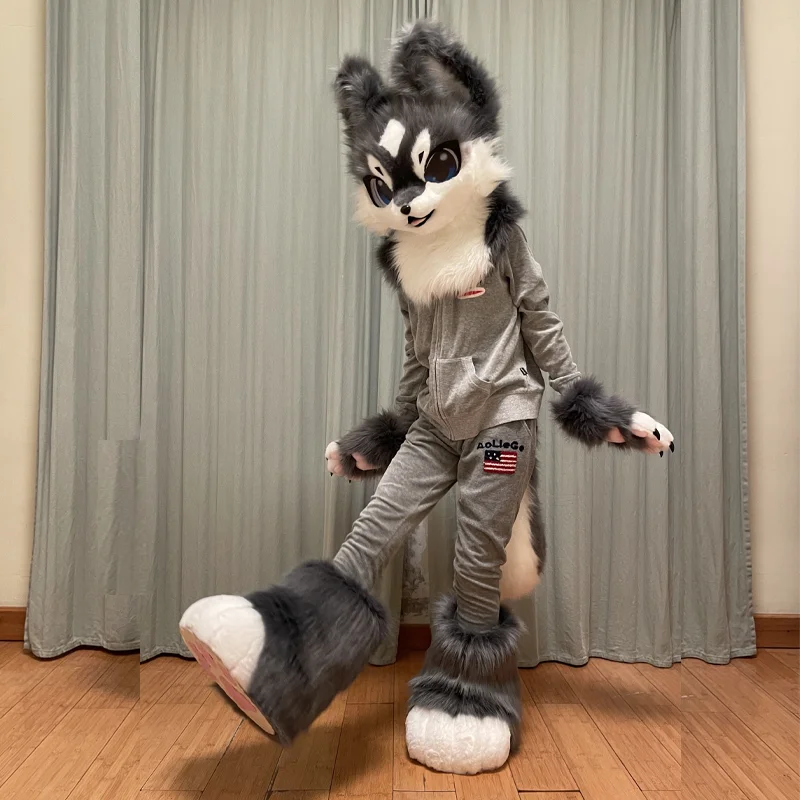
Defining Your Character
Choosing an Animal or Creature
Choosing the right animal or creature is the first step in creating a furry costume. Your choice could reflect your favorite animal, a personal connection, or even an original character you’ve developed. Spend some time considering the traits you want to portray. For instance, a wolf might embody loyalty and strength, while a fox could represent cunning and playfulness. Reflecting on your personality can lead to a more meaningful selection.
Inspiration from Existing Characters
Inspiration for your character can come from various sources. Popular culture, mythology, and existing media can provide great ideas. Many furries draw from animated series, movies, or video games that feature anthropomorphic animals. However, originality is essential in the furry community. Think outside the box; instead of merely replicating an existing character, consider adding your own spin on it. This personalization helps you stand out and showcases your unique creativity.
Using Art as a Reference
Once you have an idea of your character, consider creating or commissioning artwork as a reference. Having a visual representation will help you envision your costume better. Art can serve as guidance for not only the appearance but also the character’s colors, facial expressions, and poses. Using artwork will ensure that the final costume aligns with your vision and can be a valuable tool during the construction process.
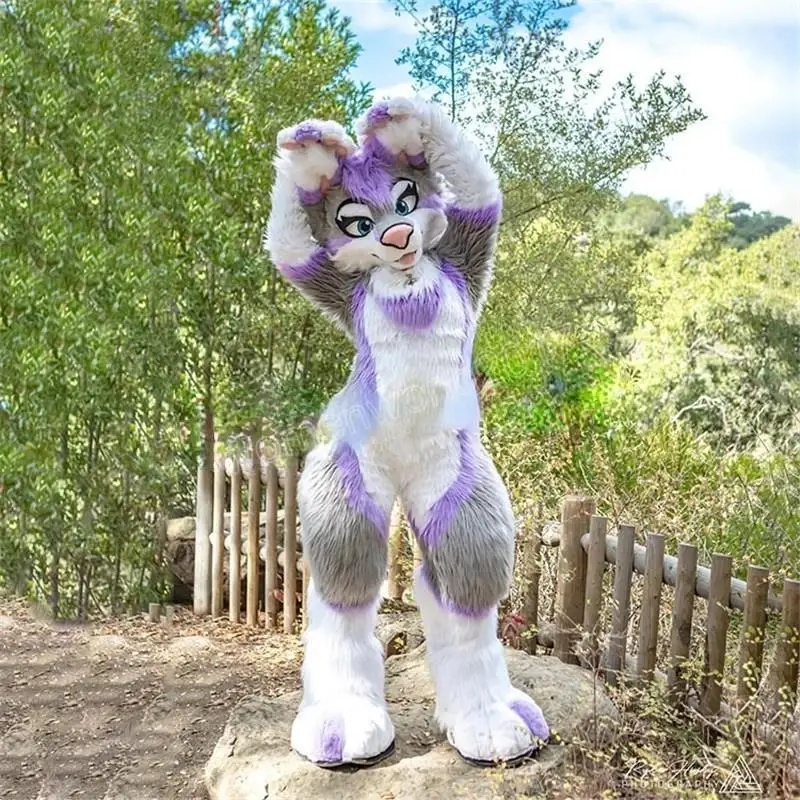
Selecting the Right Design
Researching Costume Styles
Costumes exist in a variety of styles and designs, each affecting the look and feel of your outfit. Some characters may benefit from a realistic appearance, while others may work well with cartoonish or abstract designs. Research different costume styles to understand the options available. Reviewing designs from existing furries can serve as additional inspiration. Finding a style that resonates with you will create a cohesive look.
Sketching Your Ideas
Once you have gathered reference materials, it is helpful to create rough sketches of your desired costume. These sketches don’t have to be perfect but should help clarify your vision. Drawing out your character can help identify specific features you want to incorporate, such as markings, patterns, or accessories. This step is crucial for ensuring that you capture the essence of your character while creating a unique design that reflects your taste.
Experimenting with Color and Accessories
Color plays a significant role in the overall impression your costume makes. Choose a color palette that complements your character’s personality and traits. Bright colors may convey a fun-loving or energetic personality, while darker tones can convey mystery and elegance. Accessorizing also adds depth to your costume, whether through a tail, ears, or additional details that create a more complete look. Accessories can also enhance the character’s personality and offer additional ways to express creativity.
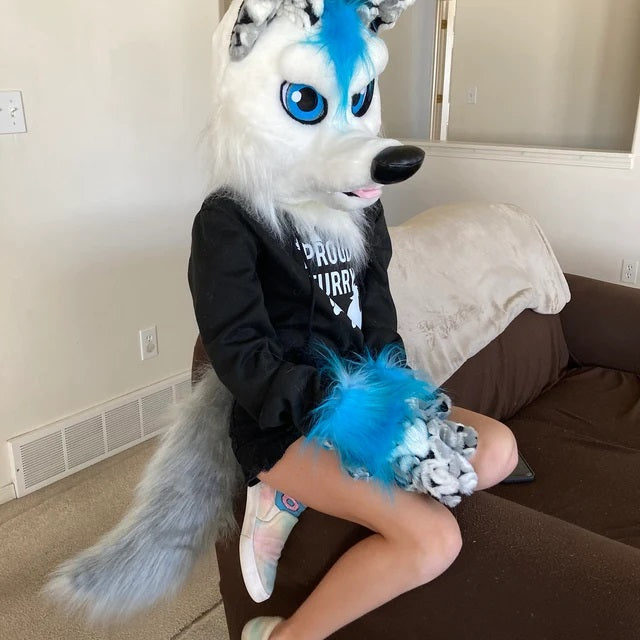
Finding the Right Materials
Choosing the Fabric
Selecting the right fabric is crucial for your furry costume. Common materials include faux fur, fleece, and felt. Faux fur is popular due to its softness and realistic appearance. It is important to consider the type of fur—long, short, or shaggy—based on your character’s design. Fleece is lightweight and stretches well, making it comfortable for casual wear, while felt can be useful for accessories or details that require stiffening. Knowing the characteristics of each fabric can help you make informed choices.
Considering Weather and Comfort
Think about the environment in which you will be wearing your costume. If you are attending a convention, consider the temperature of the venue. Lightweight materials may be appropriate for warm settings, while heavier fabrics can be used during cooler months. Comfort should remain a priority, as extended wear can become tiring if the materials are too hot or restrictive. Look for breathable fabrics or elements that can provide comfort and mobility.
Sourcing Quality Materials
Investing in quality materials will significantly affect the final product. Sourcing fabrics from reputable suppliers ensures durability and a professional finish. Some costume makers even use remnants or discounted fabrics from craft stores to save costs without sacrificing quality. Be sure to shop around and compare local shops or online resources, looking for options aligned with your budget.
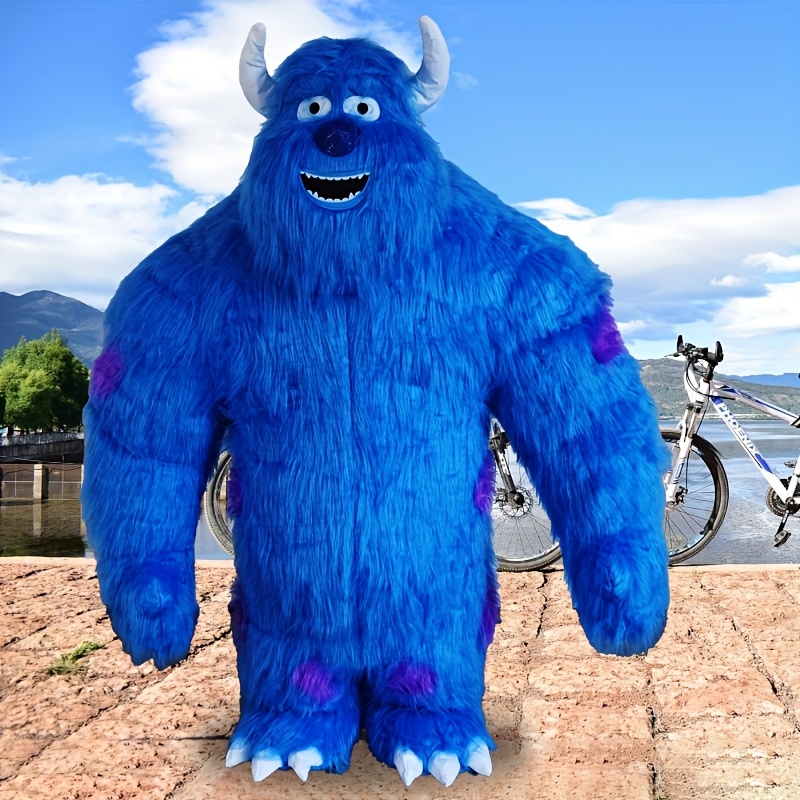
Understanding Fit and Function
Tailoring for Comfort
Fit is essential for both comfort and mobility in a furry costume. A well-fitted outfit should allow you to move freely while maintaining its shape. If constructing the costume yourself, follow sizing charts and take accurate measurements. Ensure to account for any layers or padding you plan to use. When seeking custom-made options, communicate your measurements clearly to prevent unnecessary alterations later on.
Mobility and Visibility
Mobility is especially important in furry costumes, especially during events where dancing, walking, and socializing are involved. Test the range of motion by bending, twisting, and moving before committing to any specific design. Also, pay attention to visibility within the costume; ensure that eye holes are appropriately placed, allowing you to see clearly without obstruction. Review designs with others in the community to gather feedback on comfort and function.
Considering Safety Features
While focusing on fit and function, it is also important to prioritize safety features when designing your costume. Incorporating features like breathable mesh or built-in cooling systems can enhance comfort, especially in hot environments. Ensure that straps or fasteners do not pinch or restrict movement. Testing your costume in a safe environment before wearing it at an event can prevent unexpected issues from arising during your experience.
Adding Personal Touches
Customization Options
One of the beautiful aspects of furry costumes is the freedom to add personal touches. Customization allows you to express your style and make the character yours. Consider adding unique patterns, textures, or even embodying traits through props. You may wish to incorporate unique textures, materials, or additional color elements that differentiate your costume from others. The more personalization you incorporate, the more meaningful the outfit becomes.
Crafting Unique Features
Beyond standard design choices, consider adding unique features that reflect your character’s personality. For instance, if your character has a playful vibe, consider incorporating exaggerated features like oversized ears or whimsical tails. You could create custom embroidery or embellishments that tell a story or represent your character’s backstory. Create additional layers of creativity through crafting one-of-a-kind features that embody your character completely.
Collaboration and Input
Seeking input from fellow furries or costume creators can enrich your design process. Collaborating with others in the community can offer fresh perspectives and techniques that you may not have considered. Participate in workshops or online forums where you can share ideas and gain constructive feedback. Learning from the experiences of others can lead to innovative ideas and approaches, enhancing your ultimate costume design.
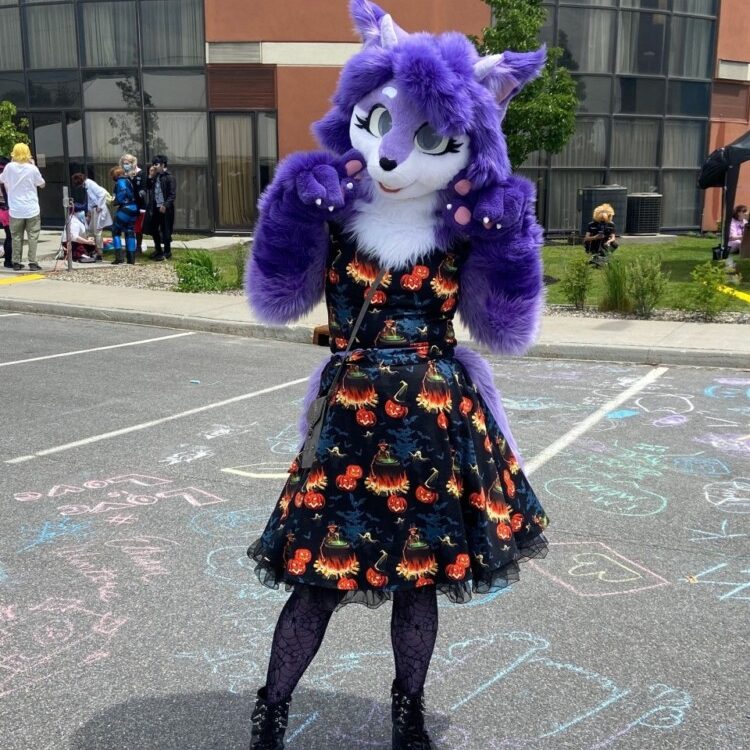
Final Considerations Before Wearing
Maintenance and Care
Once your furry costume is complete, consider how you will maintain and care for it. Proper cleaning and upkeep will extend the costume’s life, allowing you to enjoy it for many more events. Follow the care instructions for your specific fabric types, considering machine washing, hand washing, or dry-cleaning options available. Regularly check for wear and tear, making necessary repairs to keep the costume in top condition for future use.
Practice Wearing the Costume
Before wearing your costume to an event, spend some time practicing in it. Putting on the costume at home allows you to test its comfort, visibility, and functionality. Familiarize yourself with moving, sitting, and engaging with others in the outfit. This practice helps identify any issues you may need to address before the big event while ensuring that you feel more confident and comfortable when you finally debut your character.
Anticipate Feedback and Engagement
When attending events, be prepared for various reactions and interactions. Furry costumes can attract attention, and people may wish to take photos with you. Engage positively and share your character’s story with others. The furry community is generally welcoming and enthusiastic about costumes, so embracing that energy can enhance your experience. Anticipating engagement and being prepared to interact will make the event far more enjoyable.
Conclusion
Choosing the perfect furry costumes involves thoughtful consideration of numerous factors, from character selection to fit and personalization. With a rich history and a vibrant community, furries have a unique opportunity to express creativity and identity. By following the outlined tips, you can create an outfit that not only reflects your character but also enhances your experience at conventions and events. Take the time to explore different styles, materials, and designs, and remember that the journey of bringing your character to life is just as important as the final outcome. Embrace the adventure, enjoy the creativity, and let your furry character shine!
